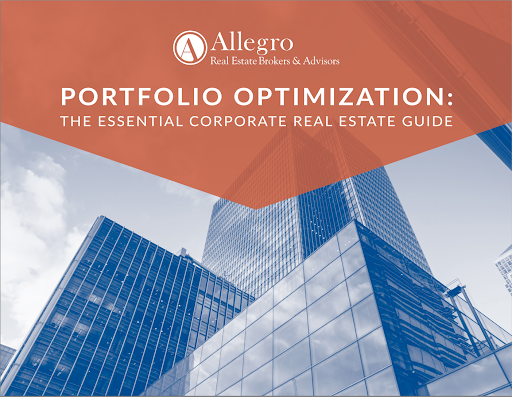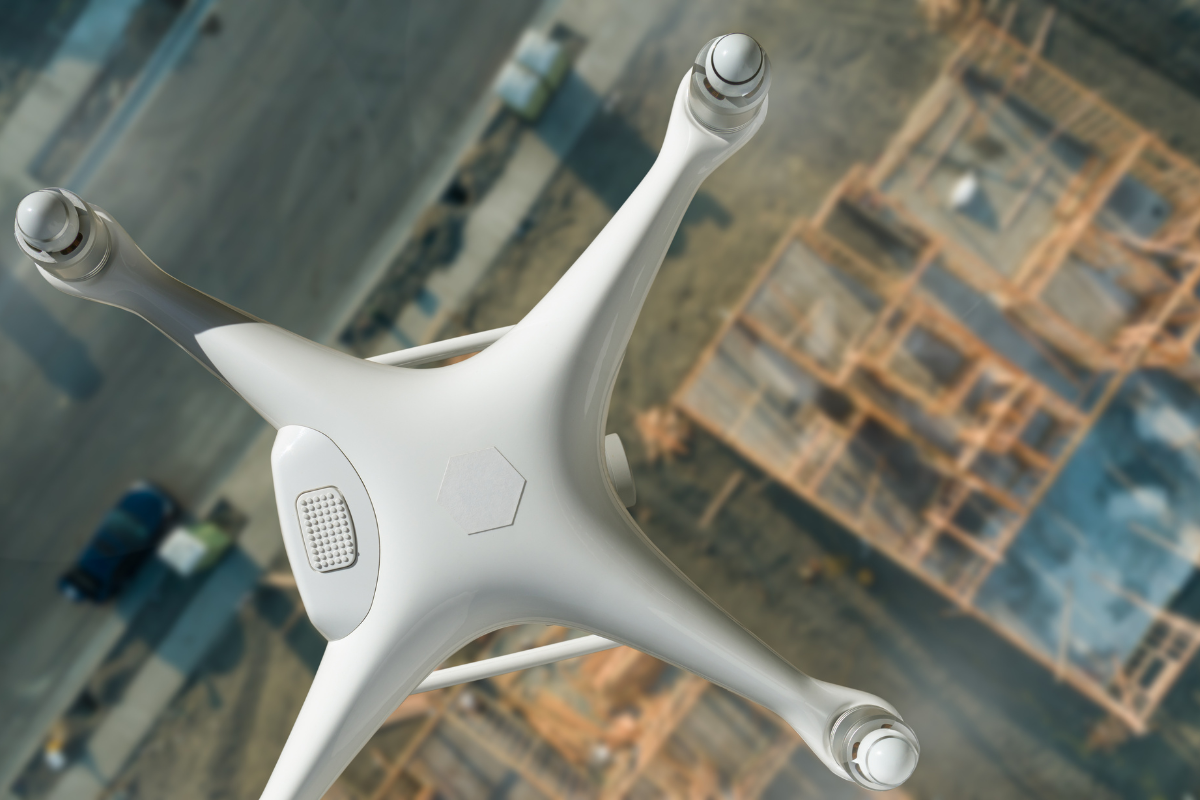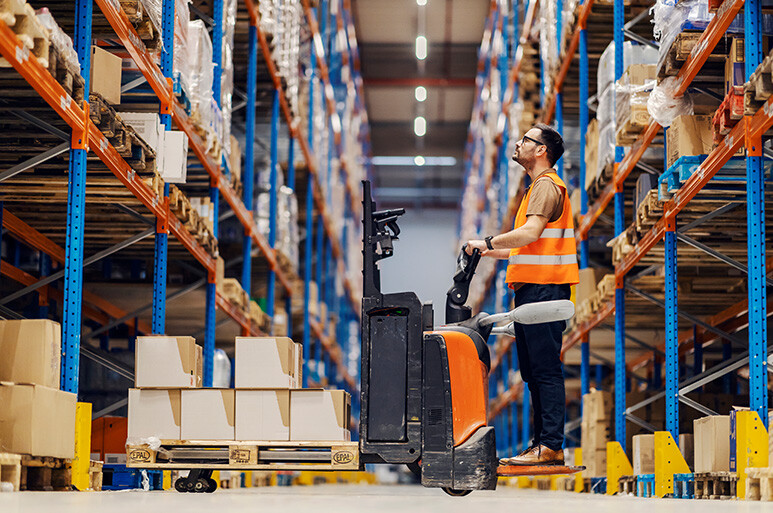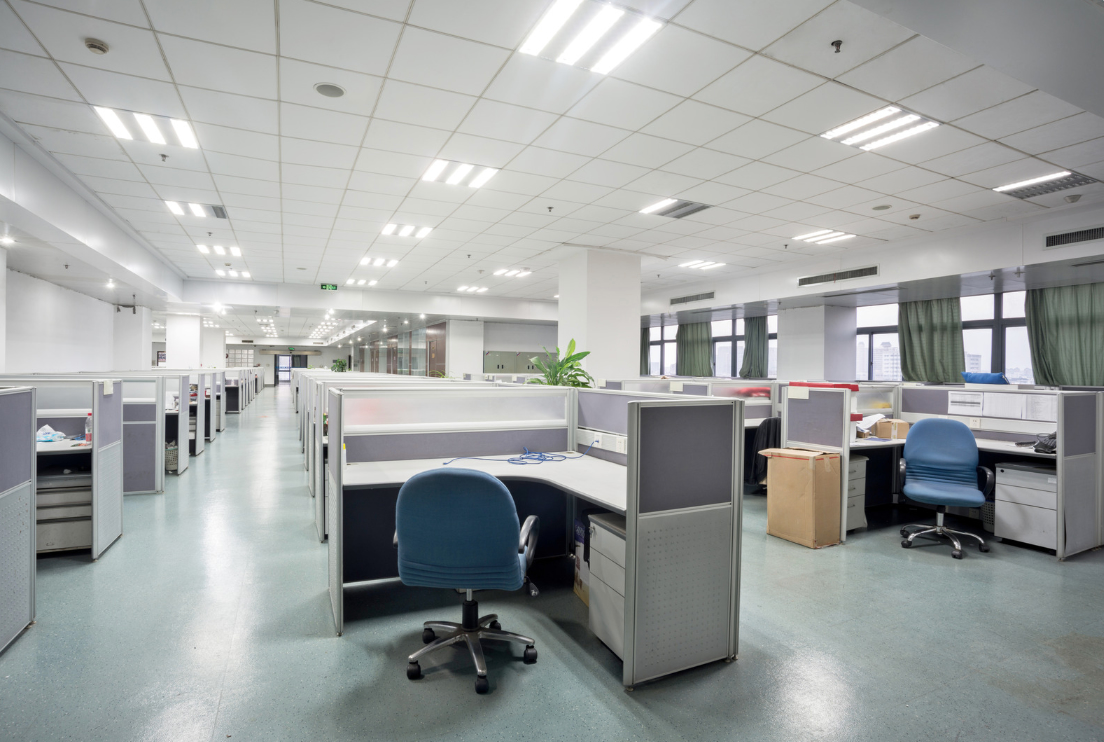While the commercial real estate industry has been historically slow to adopt new technology, many companies that rely on logistics are realizing the need to invest in it to remain competitive and improve efficiencies. This is especially true following the COVID-19 pandemic, which drastically accelerated the e-commerce industry.
In response, many have adopted property technology. Property technology, or proptech, refers to any technology used in the commercial real estate space. Drones, a type of proptech, have become especially prominent in the logistics industry for several reasons.
We detail those key uses below, as well as how this technology can be used in the future at warehouses, distribution centers, and other logistics facilities.
1. Property Management
Given the size and sometimes distant location of logistics facilities, drones can save significant time and money when it comes to property management. Most commonly, they can be used to conduct conditions assessments like roof inspections and exterior building envelope inspections.
Because drones are always readily available and don’t require additional equipment like ladders, they can be used to conduct inspections more quickly and frequently. This allows logistics property managers to identify maintenance issues as soon as they arise or prevent them from happening in the first place. Using drones for inspections can also help improve employee safety, as drones can take the place of humans to inspect high, unsafe, or difficult-to-reach areas.
Drones can go beyond visual inspections, too. Some property management teams equip drones with thermal cameras to identify building heat leaks in HVAC units, further enhancing a site’s safety.
Finally, using drones for inspections can save both time and money. With the average cost of a mid-level drone between $600 and $1,000, they’re a relatively low investment. By conducting regular inspections, they can also help provide potential logistics buyers with comprehensive, accurate overviews of the state of properties and their assets.
2. Property Marketing
To assist with property marketing efforts, drone technology can be used to capture 360-degree, high-quality images and video for commercial real estate property listings. This imagery can then be used when marketing the property to potential buyers.
As a whole, this can expedite the buying process by allowing potential buyers to get a comprehensive view of a facility without having to travel to it to see it. It can also help improve the likelihood of a sale from a company that’s out of state or out of the country, which may not have the time or resources to visit the site in person.
Additionally, all-encompassing drone imagery can give potential buyers an idea of how close important features, like highways and customer markets, are to the facility. It can also provide a bigger picture in terms of surrounding roads and traffic patterns. While they may seem minimal, factors like these are critical for logistics companies in terms of delivery speed and customer satisfaction.
3. Site Selection and Development
Site selection and development play a significant role when it comes to constructing brand-new logistics facilities.
To help choose the most feasible and sustainable properties, companies can use drone imagery to create geographical maps for land development and site selection. These geo-mapping images can include boundary lines, flood zones, topographic contours, and other critical factors needed to guide the decision-making process.
For greenfield developments in particular, drones can be particularly helpful in providing an initial pass of the property before potential buyers visit it in person. This includes detecting wetlands on large sites, which could significantly delay the development process.
In terms of site selection, drones can also be used to accurately view traffic patterns or bottlenecks in an area, a key factor to consider if a company is regularly shipping products from the facility or has many employees driving to it every day.
Choose the Right Industrial Facility for Your Needs
Logistics real estate that’s a poor fit in terms of size, location, or equipment could cost your manufacturing or ecommerce operation higher-than-necessary transportation expenses, the trust of your customers, and future business opportunities.
To simplify the process of choosing the right location and help you achieve your business goals, read our free guide on logistics real estate transactions.








